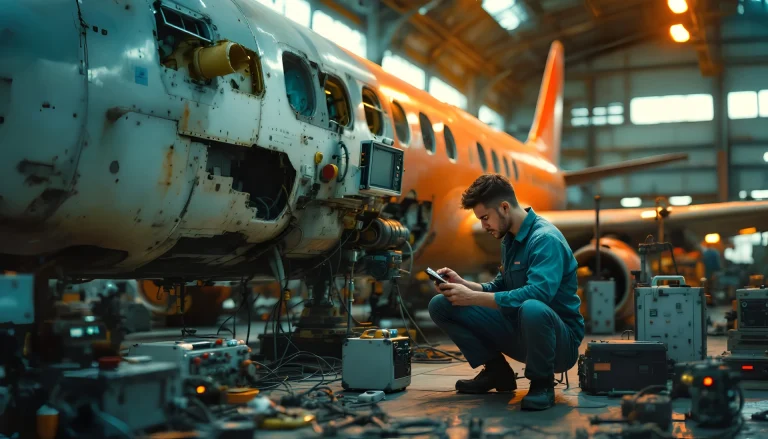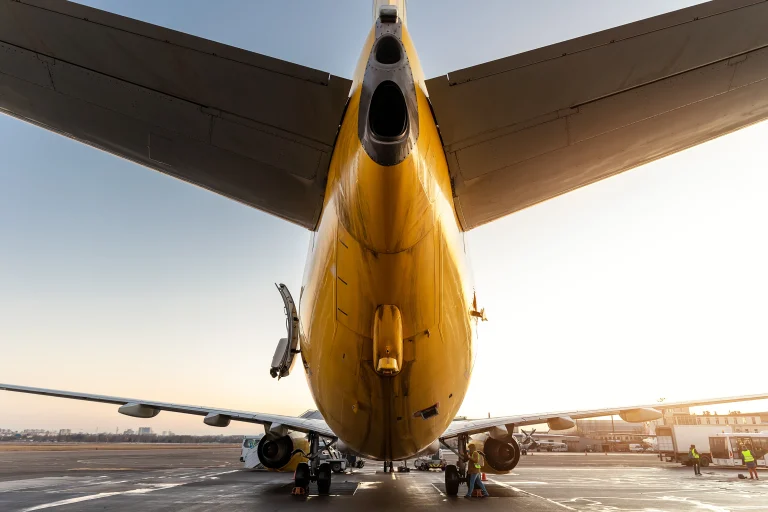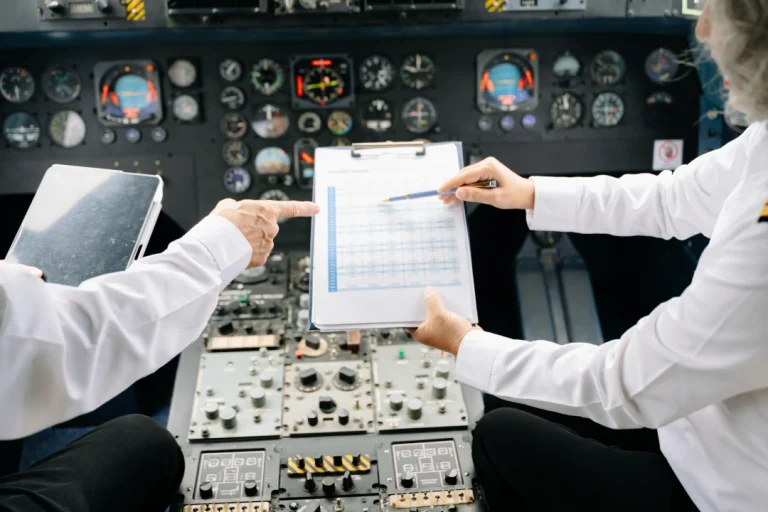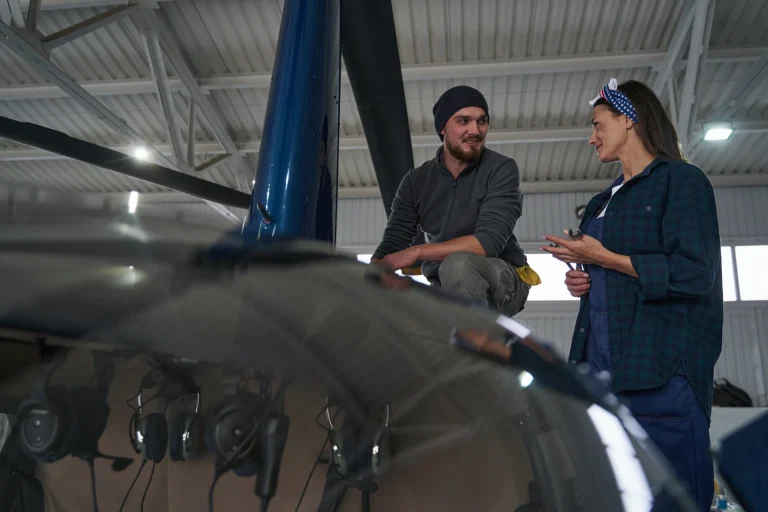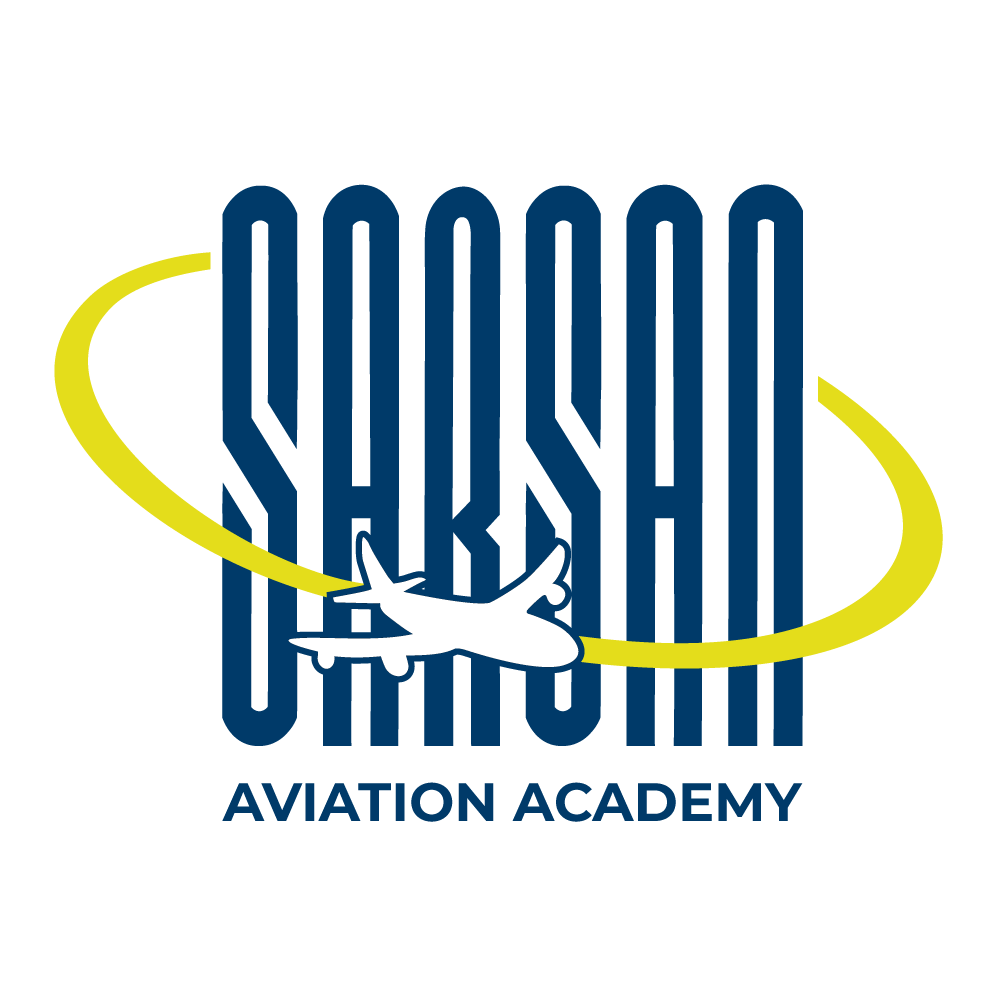Aircraft Maintenance Engineering (AME) is a vital component of the aviation industry, ensuring that aircraft are safe and airworthy. Whether you’re just starting out or looking to advance your career in aviation, understanding the ins and outs of AME courses is crucial. This guide will walk you through everything you need to know about Aircraft Maintenance Engineering courses, including course content, career opportunities, and how to get started.
What is Aircraft Maintenance Engineering?
Aircraft Maintenance Engineering involves the maintenance, repair, and inspection of aircraft to ensure they meet all safety regulations. AMEs are responsible for diagnosing problems, conducting regular inspections, and performing necessary repairs to keep aircraft operational and safe for flight. Their work is crucial, as it directly impacts the safety of passengers and crew.
Why Choose a Career in Aircraft Maintenance Engineering?

- High Demand: The aviation industry is growing, and there’s a constant demand for skilled AMEs.
- Global Opportunities: AMEs can work worldwide, with opportunities in commercial airlines, private aviation, and military sectors.
- Career Growth: With experience and additional certifications, AMEs can advance to higher positions, including management roles.
- Job Security: As long as there are aircraft, there will be a need for maintenance engineers, ensuring a stable career.
Overview of Aircraft Maintenance Engineering Courses
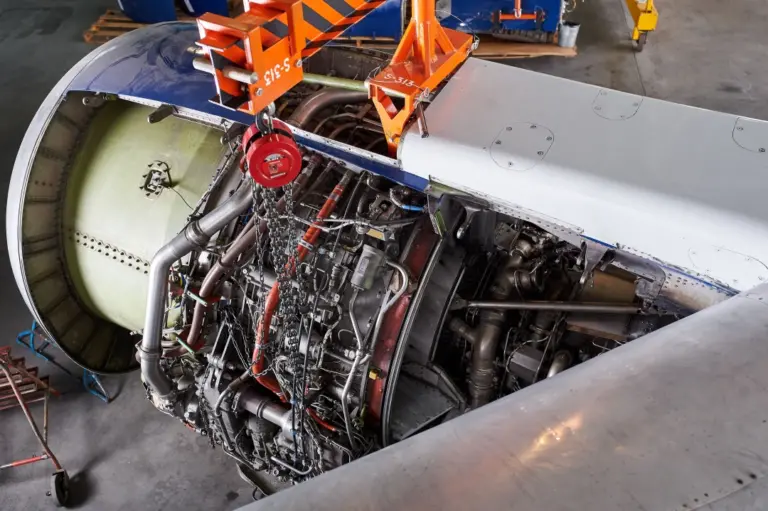
Aircraft Maintenance Engineering courses are designed to equip students with the knowledge and practical skills needed to excel in the field. Here’s an overview of what these courses typically include:
- Theoretical Training
The theoretical component of AME courses covers essential subjects such as:
- Aviation Regulations: Understanding the legal requirements for aircraft maintenance.
- Aerodynamics: The principles of flight and how they affect aircraft performance.
- Aircraft Systems: Detailed study of various aircraft systems, including engines, avionics, and hydraulics.
- Materials and Hardware: Knowledge of materials used in aircraft construction and the tools required for maintenance.
- Practical Training
Hands-on experience is a crucial part of AME training. Practical training usually involves:
- Maintenance Tasks: Performing actual maintenance tasks under supervision to gain real-world experience.
- Use of Tools and Equipment: Learning how to use specialized tools and equipment for aircraft maintenance.
- On-the-Job Training (OJT): Working in a live aircraft maintenance environment, such as an MRO (Maintenance, Repair, and Overhaul) facility, to apply what you’ve learned in a practical setting.
Types of AME Courses

There are different types of AME courses, each leading to specific certifications:
CAT A1 Course
- Duration: Typically 2 years, including 1 year of on-the-job training.
- Focus: Basic aircraft maintenance, allowing you to sign off on minor tasks performed on the aircraft.
- Career Path: Entry-level positions as a licensed Aircraft Maintenance Engineer.
CAT B1.1 Course
- Duration: Usually 4 years, including 2 years of on-the-job training.
- Focus: Mechanical systems of the aircraft, such as airframes, engines, and associated systems.
- Career Path: Qualified to certify mechanical work and release aircraft back into service.
CAT B2 Course
- Duration: Typically 4 years, including 2 years of on-the-job training.
- Focus: Electrical and avionics systems of the aircraft.
- Career Path: Licensed to certify avionics work and ensure that all electronic systems are functioning properly.
Admission Requirements
To enroll in an AME course, you typically need:
- Minimum Age: 17 years or older.
- Educational Background: High school diploma or equivalent, preferably with a focus on science and mathematics.
- English Proficiency: Good command of English, as it is the standard language in the aviation industry.
Career Opportunities After Completing AME Courses
Graduates of AME programs have a wide range of career opportunities:
- Aircraft Maintenance Technician
- Planning Officer
- Continuing Airworthiness Management Organization (CAMO) Officer
- Quality Assurance Engineer
- AME Instructor
As you gain experience, you can also move into supervisory or management roles within airlines, MROs, or aviation regulatory bodies.
Certification and Licensing
After completing an AME course, you’ll need to obtain certification from relevant aviation authorities, such as the General Civil Aviation Authority (GCAA) in the UAE or the European Union Aviation Safety Agency (EASA). This certification allows you to legally perform and certify aircraft maintenance tasks.
How to Choose the Right AME Course
When choosing an AME course, consider the following factors:
- Accreditation: Ensure the program is approved by recognized aviation authorities like GCAA or EASA.
- Course Content: Look for comprehensive programs that cover both theoretical and practical training.
- Facilities: Choose an institution with state-of-the-art facilities and real aircraft for practical training.
- Placement Support: Check if the academy offers job placement assistance or partnerships with aviation companies.
How to Apply for an AME Course
Applying for an AME course is straightforward:
- Research: Start by researching accredited institutions that offer the courses you’re interested in.
- Prepare Documents: Gather necessary documents such as your academic transcripts, identification, and proof of English proficiency.
- Submit Application: Complete the application process online or through the institution’s admissions office.
- Prepare for Interviews/Exams: Some institutions may require entrance exams or interviews as part of their selection process.
Conclusion
Aircraft Maintenance Engineering is a rewarding career that plays a critical role in the aviation industry. By completing an AME course, you’ll gain the skills and qualifications needed to ensure aircraft safety and efficiency. Whether you choose a CAT A1, B1.1, or B2 course, you’ll be setting yourself up for a career filled with opportunities for growth and advancement. Start your journey today by choosing the right course that aligns with your career goals and interests.
